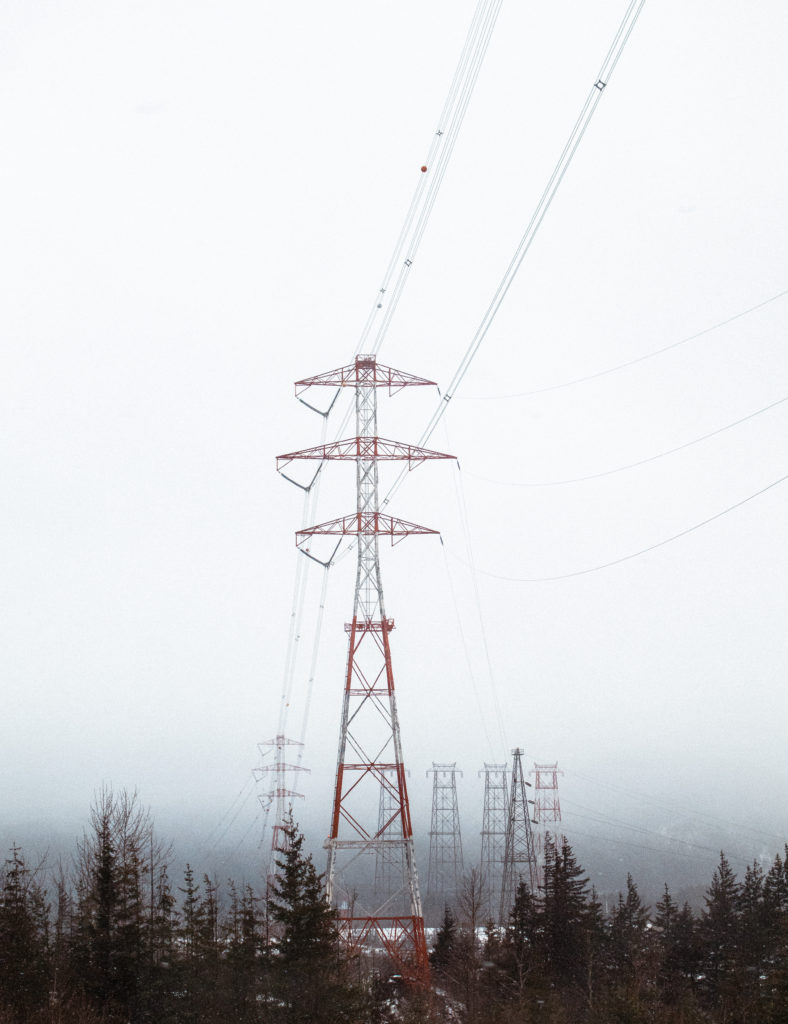
Increasing Nordic energy cooperation – Can we do even better?
The Norwegian Presidency of the Nordic Council of Ministers gathered 70 people for a side-by-side comparison of recent Nordic energy commission reports and white papers. The backdrop is the profound…
The Norwegian Presidency of the Nordic Council of Ministers gathered 70 people for a side-by-side comparison of recent Nordic energy commission reports and white papers. The backdrop is the profound success of Nordic Energy cooperation, first through transnational power lines and over the last years the emergence of a common electricity market with the establishment of Nordpool some 20 years ago.
A striking finding was the apparent lack of comparison of experiences and policies between the countries despite rather ambitious common climate and energy targets. Some papers stressed the need for green competitiveness to remain export leaders. Whereas others were merely a narrative without outlining future policy tools.
Speakers from IEA and EU underscored the resounding success of the Nordic Electricity Market. IEA presented findings from the Nordic Energy Technology Perspectives (NETP 2016). “The low-hanging fruits are picked, in contrast to other countries transport and energy intensive industries are now the dominant challenges. This calls for massive electrification of transport, biofuels for long-haul transport and aviation and finally carbon capture and storage (CCS) for industrial applications.
The representative from EU lauded the Nordic countries for providing a model for how regions within EU could find common ground but also stressed the importance of meeting the new targets of the EU Winter Package: “This is the biggest and most comprehensive EU-policy package so far, but we have to remember that many of the measures on energy efficiency, renewables, performance standards etc. are about to expire. Without this policy package in place, we would be left without EU-targets and policies”.
The EA-countries (Norway and Iceland) will have to consider which part of the policy measures they deem relevant for EEA-policy implementation. The other Nordic countries are bound by the EU treaty and are currently negotiation the of the various legal acts. Some representatives made references to the benefits of Nordic cooperation, but to a surprisingly limited extent.
Jorma Ollilla presented key findings from “Nordic Energy Cooperation – Strong today – Stronger Tomorrow”. Green technologies are becoming cheaper and more widely deployed maken the market increasingly competitive. Establishing a pan-Nordic market for energy technology would benefit a Nordic countries. Ollilla also called for increased cooperation into energy research, suggesting 500 billion Euros as an indicative sum. His concluding statement was merely: “Can we afford not to cooperate on energy research and technology deployment in the face of increasing international competition”?
Program – Nordic Energy Commissions compared.
All presentations below can be downloaded.
-
- Elnar Remi Holmen – Power for Change.
- Robert Andrén – Swedish Energy Policy Commission; Kraftsamling för framtidens energy.
- Kristoffer Böttzauw – The Danish Energy Commission’s Recommendations to a Future, Danish Energy Policy.
- Bettina Lemström – Government report on the National Energy and Climate Strategy for 2030.
- Guðni A Jóhannesson – Iceland and the Energy Transition.
- Leonardo Zannier – How can the Nordic energy strategies and regional cooperation on strategies fit into the EU winter package?
- Jean-François Gagné – Nordic Energy Technology Perspectives Catalysing Energy Technology Transformations.
- Jorma Ollila – Nordic Energy Co-operation Strong today – stronger tomorrow -Strategic Review of energy co-operation in the Nordic Region.
- Pyry Niemi – The future of Nordic energy co-operation seen from the Nordic Council.
- Merja Paavola – What kind of regulation is needed to meet the decarbonisation targets cost-efficiently?
- Ulrik Stridbæk – The potential for offshore wind power in the Nordic region.
- Oluf Ulseth – How can the Nordic energy system facilitate long term security of supply and a low carbon economy?
Other Material:
- Nordic Energy Co-operation Strong today – stronger tomorrow -Strategic Review of energy co-operation in the Nordic Region (The Ollila Report).
- Executive Summary of Nordic Policy Papers.
